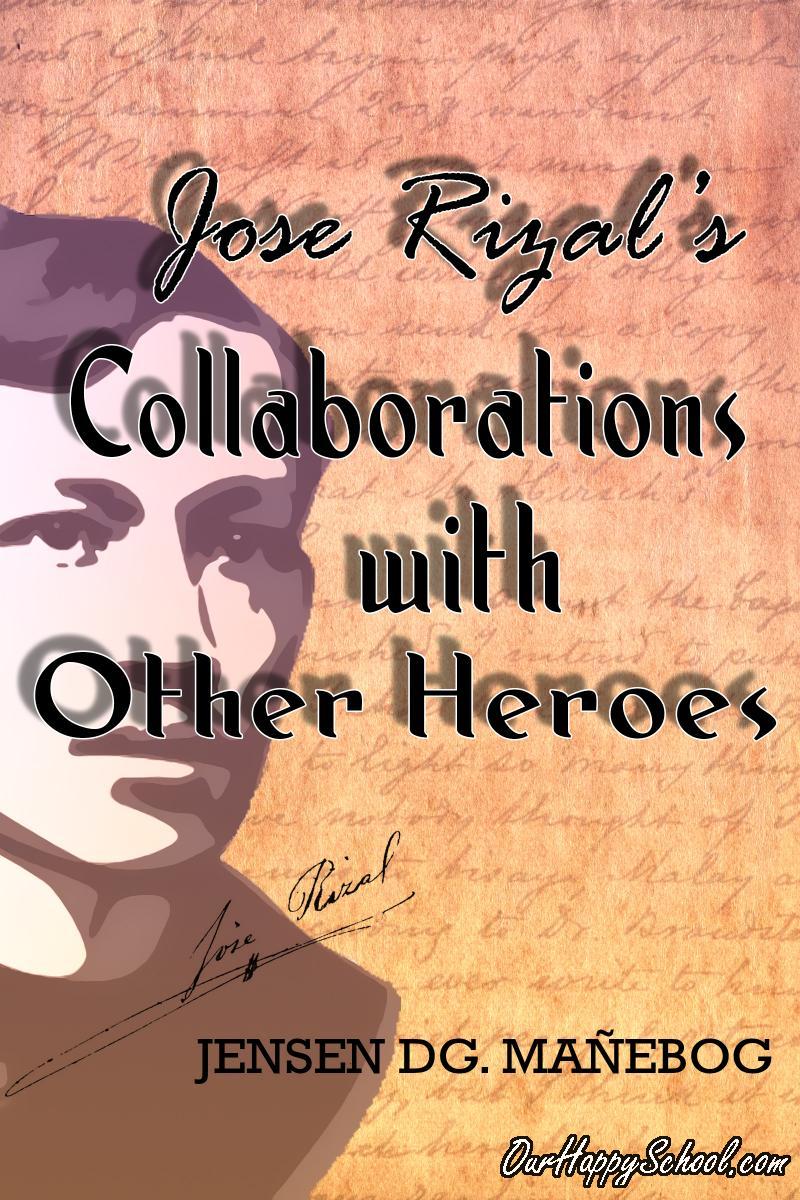Sponsored Links
USING BLOGGING & SOCIAL NETWORK IN TEACHING
“ …THE NEW e-LEARNING PLACES increased emphasis on social learning and use of social software such as blogs, wikis, podcasts and virtual worlds … This phenomenon has also been referred to as Long Tail Learning …” (Wikipedia)
Some definitions & descriptions:
Blogging(“Web logging”)
1. the frequent, chronological publication on the Web of personal thoughts and opinions for other Internet users to read. The product of blogging is known as a “blog.”
2. Blog is a kind of hybrid diary and guide, although there are as many unique types of blogs as there are people who keep them.
3. There is a trend to use blogs in business as an informal discussion medium. Some companies have used blogs to provide a forum for discussion of new ideas and products.
Social network
1. It is an online service, platform, or site that focuses on building and reflecting of social networks or social relations among people, e.g., who share interests and/or activities.
2. It essentially consists of a representation of each user (often a profile), his/her social links, and a variety of additional services.
3. It allows users to share ideas, activities, events, and interests within their individual networks.
URL(Uniform Resource Locator)
Internet address: an address identifying the location of a file on the Internet.
Social Network: Facebook
Blogsite: www.OurHappySchool.com
*OurHappySchool.com: “Our Friendly Guide to Happy Learning: Your Alternative Academic Blogsite & Student Magazine”
* Japan-based (though some of its editors are Filipino scholars)
* You may read the About Us for more information about OurHapyyschool.com
How to use www.OurHappySchool.com in teaching:
■ OurHappySchool.com accepts contributions to be posted on-line—any article: poems, essays, etc., including educators’ written lectures. The authorship and copyright will belong to the contributors. Contributions are sent through e-mail to OurHappySchool@yahoo.com. The site’s administrators take care of the uploading, lay-outing, designing, etc.
■ This academic site also accepts selected educators as bloggers on certain conditions. Educators' blogs in OurHappySchool.com are read and used not only by the educators' respective students but also by other teachers and students, thereby making the blogs truly benefecial and influential. (Interested parties may e-mail a formal request to OurHappySchool@yahoo.com).
■ The site has its own search engine through which students can find the lecture easily by just typing its title. (The teachers need not to memorize the long and complicated URL.)
■ The lectures/blogs in the site will have ‘comment section’ where students can be instructed to leave comments (e.g. by answering one of the lecture’s Guide Questions). The teachers, therefore, can also check the students’ answers/comments on-line.
■ Any educator can prescribe as reading any of the articles in the site. A Literature teacher, for instance, may ask the students to look for a poem/short story in the site on which they would make a critique.
■ Because many teachers do not want their personal Facebook account to be congested with matters concerning school, OurHappySchool provides Facebook page and accounts which any teacher can use to make announcements, publish notes, prescribe articles or videos, and spearhead interactive discussions for his/her students.
Prerequisite:
1. Teachers have to search and “Like” “Ourhappyschool.com” in the search engine of their respective Facebook accounts.
2. Invite as friend the FB accounts Ourhappyschool Editors (ourhappyschool@ymail.com) & Eskwelahan Nating Masaya (ourhappyschool@yahoo.com).
3. That teachers’ respective students will also be included in the “OurHappySchool community”, they should be asked to do the same procedures.
* After taking these 3 steps, teachers can now use the “Wall,” “Notes,” and "Discussion Board” of OurHappySchool Facebook page & accounts
● On using the “Wall” of OurHappySchool Facebook page & accounts:
Just click the ‘Wall’ button, ‘Post’ button, then type the message (announcement, shoutout, status, comment, question to be answered by students, etc.) which could be read by other members of the ‘community’.
● On using the “Notes” of its Facebook page:
*It’s unique feature is the ‘Tag’ through which the author can notify selected persons (e.g. class monitors) about the note. Some of the things which can be put here are summary of lectures, short comments, and the URL of the lectures to be discussed.
Just click the ‘Notes’ button, click “Write a note,” write the title of the note, write the content, ‘Tag’ selected persons, and then click ‘Publish’.
● On using the “Discussion Board” of its Facebook page:
*This feature, which is not present in one’s personal Facebook account, is a good medium for interactive discussions. Fitting here are controversial questions (e.g. Is morality objective or relative?) and problems which require solutions (e.g. What should one do to easily move on after a break up?).
Just click the ‘Discussions’ button, click “Start new topic”, write the subject or title, write the content, and then click ‘Post new topic’. (The teacher has to inform his/her students what particular topic in the ‘Discussion Board’ they should work on.)
● On ‘linking’ other sites:
*This process can be done in the ‘Wall’, ‘Discussion Boards,’ and ‘Notes’. Together with an instruction or question, a particular internet file (article, instructional video, blog, etc.) can be prescribed by linking it.
Just copy the URL of the internet file to be prescribed and then paste it to the ‘Wall’, ‘Discussion Boards,’ or ‘Notes.’
Final thought on e-learning:
“No single e-learning method is best for every learning need. You will most likely need to use several e-learning technologies as well as traditional learning methods. A blended learning program combines e-learning and traditional learning methods. Blended learning can provide the convenience, speed and cost effectiveness of e-learning with the personal touch of traditional learning.” (Wikipedia)

References:
Wikipedia
Microsoft Encarta 2006
Encarta Dictionary
How to cite this article:




